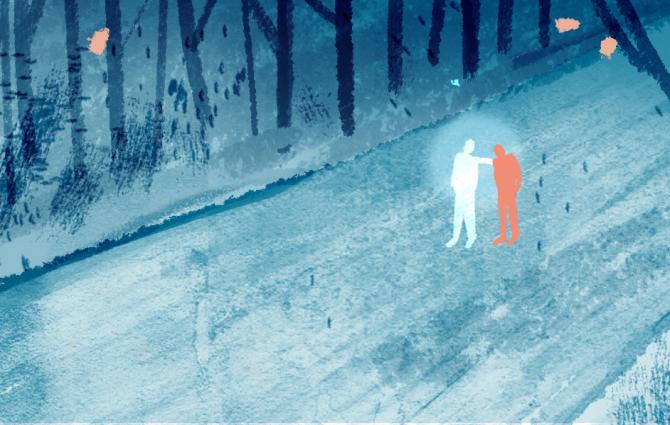I’ve spent most of my life in Canada, but being a student at UBC was a truly global experience.
UBC’s student body is made up of people from over 160 countries, and 28% of students at the Vancouver campus are international. Forging connections with people from all around the world has been one of the most meaningful parts of my time here.
It never fails to astound me how many cultures and diverse experiences are represented on campus—look around your class and you’ll likely see people from every continent on Earth (except Antarctica, sorry penguins).
The internationalism of UBC feels very contemporary, but the university has been reaching out across the globe for decades, and there are traces of that history scattered around campus.
Take a look at the following spots on campus and think about how internationalism at UBC has shaped your experience here.
“Our future is rooted in our traditions” gate
This gate, situated just outside the Forestry Building on the south end of campus, is modeled after traditional Hungarian folk art. What does traditional folk art have to do with Canadian forestry? More than you might think.
The story starts in 1956, when a wave of revolts broke out in Hungary against the Soviet-influenced government. The Hungarian government asked the Soviet Union to stop the protests, and the Soviet military marched in an intervention that resulted in thousands of deaths and arrests. Over 200,000 Hungarians fled the country, including around 250 from the forestry school in the city of Sopron, who escaped over the border into Austria.
When it became clear that the Sopron University of Forestry could not stay in Austria, the University of British Columbia offered to take in the students and faculty until all the current students graduated. Bravely leaving their home behind, the Sopron University of Forestry made their way to British Columbia and began the next chapter of their lives. 141 students graduated from the Sopron Division of the UBC Faculty of Forestry, eventually making a lasting mark on the Canadian forestry industry.
They are honoured with this gate that serves as a reminder of the integral part refugees and immigrants have played in shaping our community at UBC and Canadian society as a whole. UBC’s path to the vibrant, diverse campus we have today goes back decades. It is full of stories, like that of the Sopron students and faculty, worth knowing.
Asian Centre
This building is quietly tucked away near the Nitobe Garden, but aside from its fantastic collection of Asian media, it has an interesting story as well.
In 1970, Dr. Shotaro Iida, an assistant professor in UBC’s Department of Religious Studies, traveled to the World Expo in Osaka, Japan. Interested in finding a unique piece of architecture to complement the Nitobe Garden (though neglecting to inform anyone at UBC of his plans), Dr. Iida needed just one afternoon at the Expo to find the perfect piece. The roof of the Sanyo Pavilion immediately caught his eye.
Getting approval from UBC and the owner of the building in Japan, Dr. Iida spent the better part of a decade attempting to fundraise over 4 million dollars to finish the construction of the building in Vancouver. Finally securing extra funding from the provincial government, the Sanyo Pavilion found new life in reconstructed form as the Asian Centre, which opened in June of 1981.
On his tenacity, Dr. Iida said: “I can’t drive a car, but I can do two kinds of driving. I can drive a bike, and I can drive people crazy.” His determination is the reason the Asian Centre exists today, and the Centre now stands as an example of all the international threads that come together to make UBC what it is.



